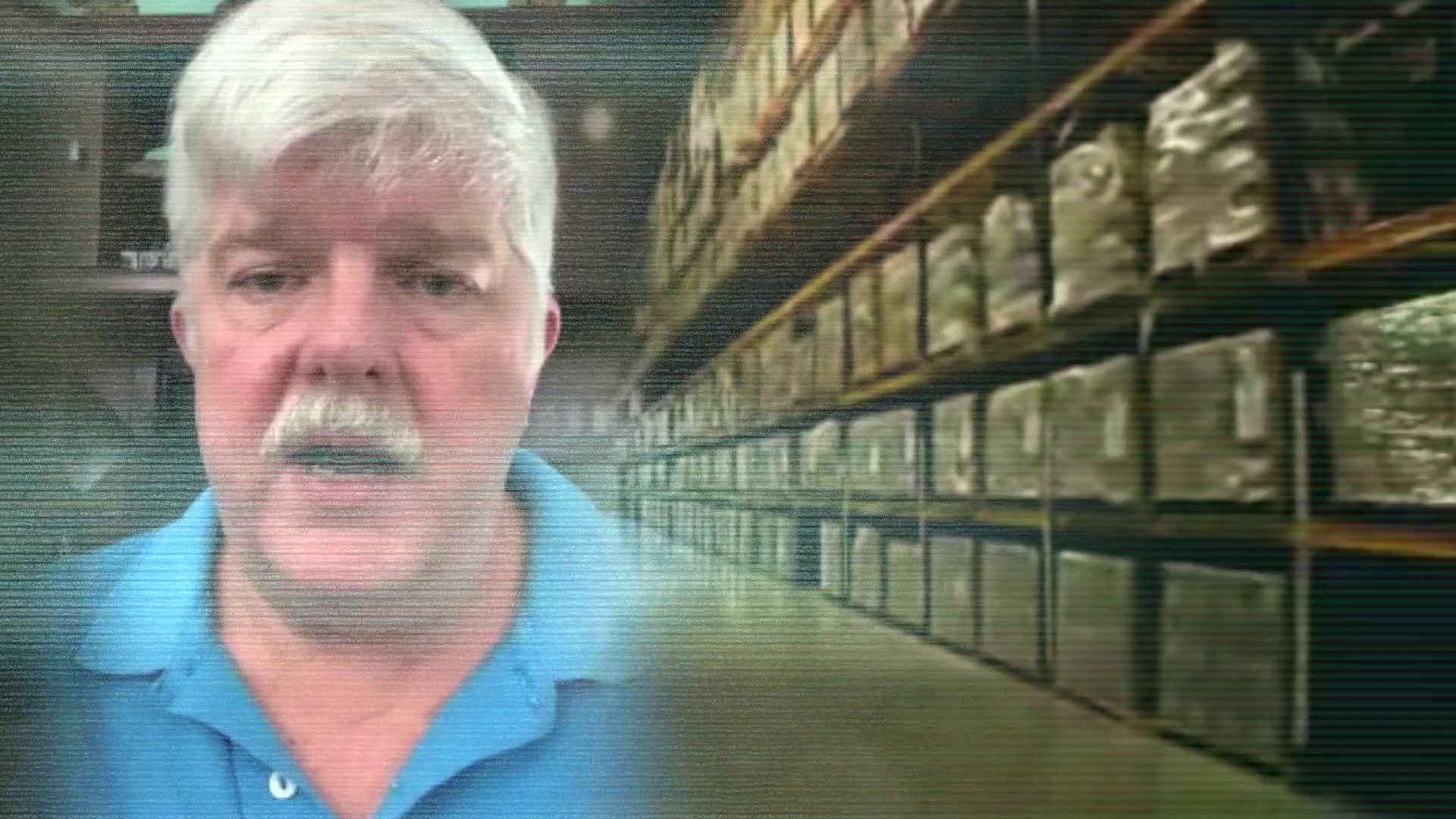WASHINGTON, D.C. -- A shortage of N95 masks, ventilators and other necessary medical supplies has caused many to ask why the federal government’s reserves could not meet the demands of the COVID-19 pandemic.
The Strategic National Stockpile (SNS) was created in 1999 as a federal backup of medical supplies in case of a public health emergency.
“It was built around being able to respond to what we talked about then as the Y2K bug. You know the potential for computers to stop working when the year turned over,” said former director of the SNS, Greg Burel.
Burel says the precise content and quantity of items is a closely guarded secret. It essentially houses antibiotics, antidotes, medical surgical material and vaccines.
“To either keep people from getting sick or to try to make people well if we were attacked. With a chemical event, a biological event, a radiological or nuclear event,” explained Burel.
He says the supply was never intended to handle a crisis like the COVID-19 pandemic.
“The strategic national stockpile was not originally designed to respond to pandemic influenza or any other type of pandemic emerging infectious disease.”
Earlier this month, facing questions about the preparedness, President Donald Trump blamed the Obama administration for not keeping the stockpile replenished.
"The previous administration, the shelves were empty. The shelves were empty," said Trump at a daily coronavirus task force briefing.
But historically, Burel says the SNS has been underfunded.
“We were never funded to be prepared for a pandemic emerging infectious disease,” said Burel.
The budget for fiscal year 2020 was just over $700 million. But with the coronavirus outbreak eating through supplies, Congress earmarked $16 billion as part of an emergency relief package.
Burel maintains additional funding is helpful but will not solve another problem, the reliance on overseas imports of medical material and supplies.
“The biggest problem this is exposed is not necessarily a weakness in the strategic national stockpile but rather a weakness in the medical supply chain in the United States overall,” contended Burel. “Very little of this material is manufactured in the United States.”
Burel says the pandemic has proven a need to keep more supplies like personal protective equipment, ventilators and medical supplies on hand at all times. But he says it’s more than that.
“The strategic national stockpile is not just what it has on the shelf. But a lot of really good people and medical logistics medical acquisition and so on that can reach into the supply chain and get what we need as rapidly as possible.”


